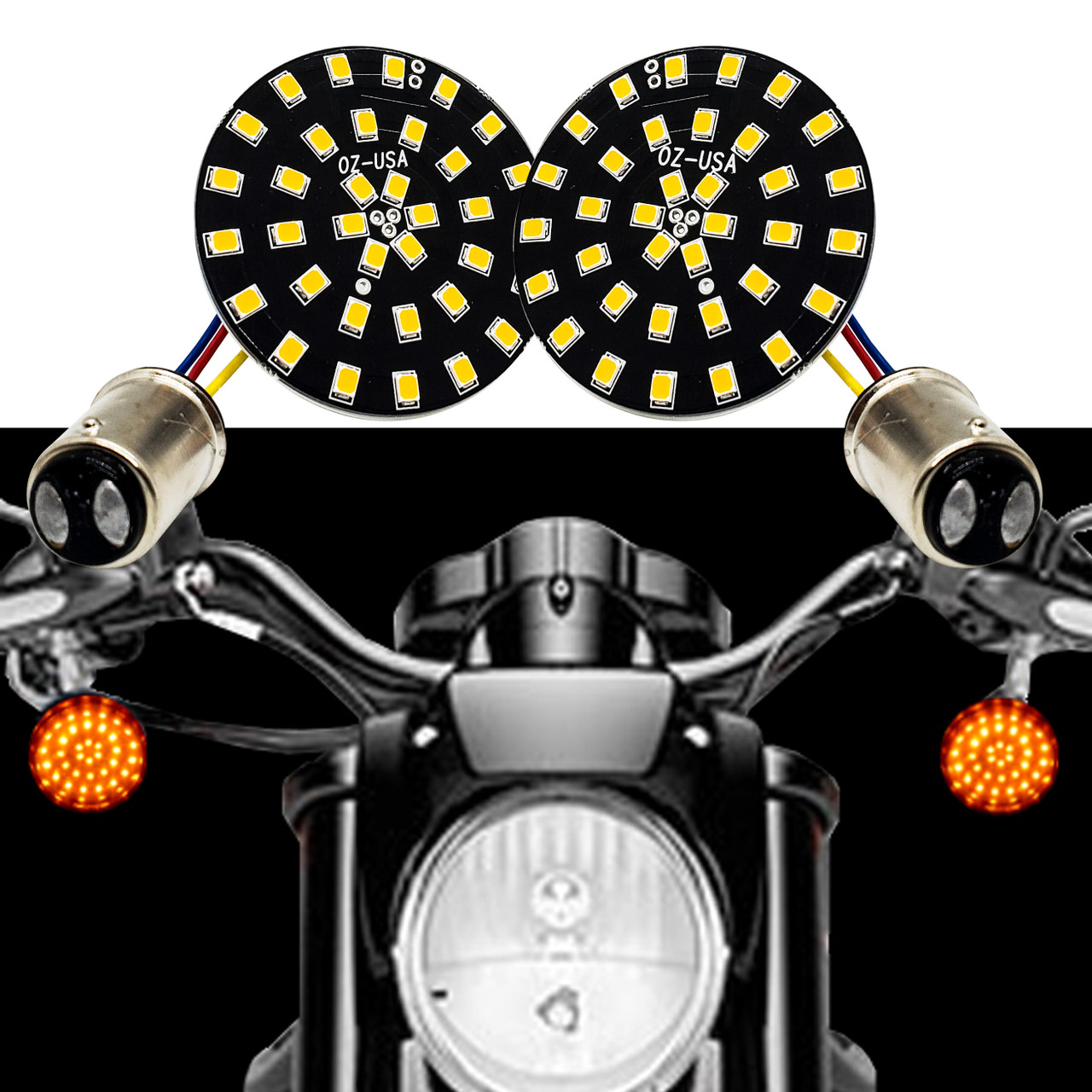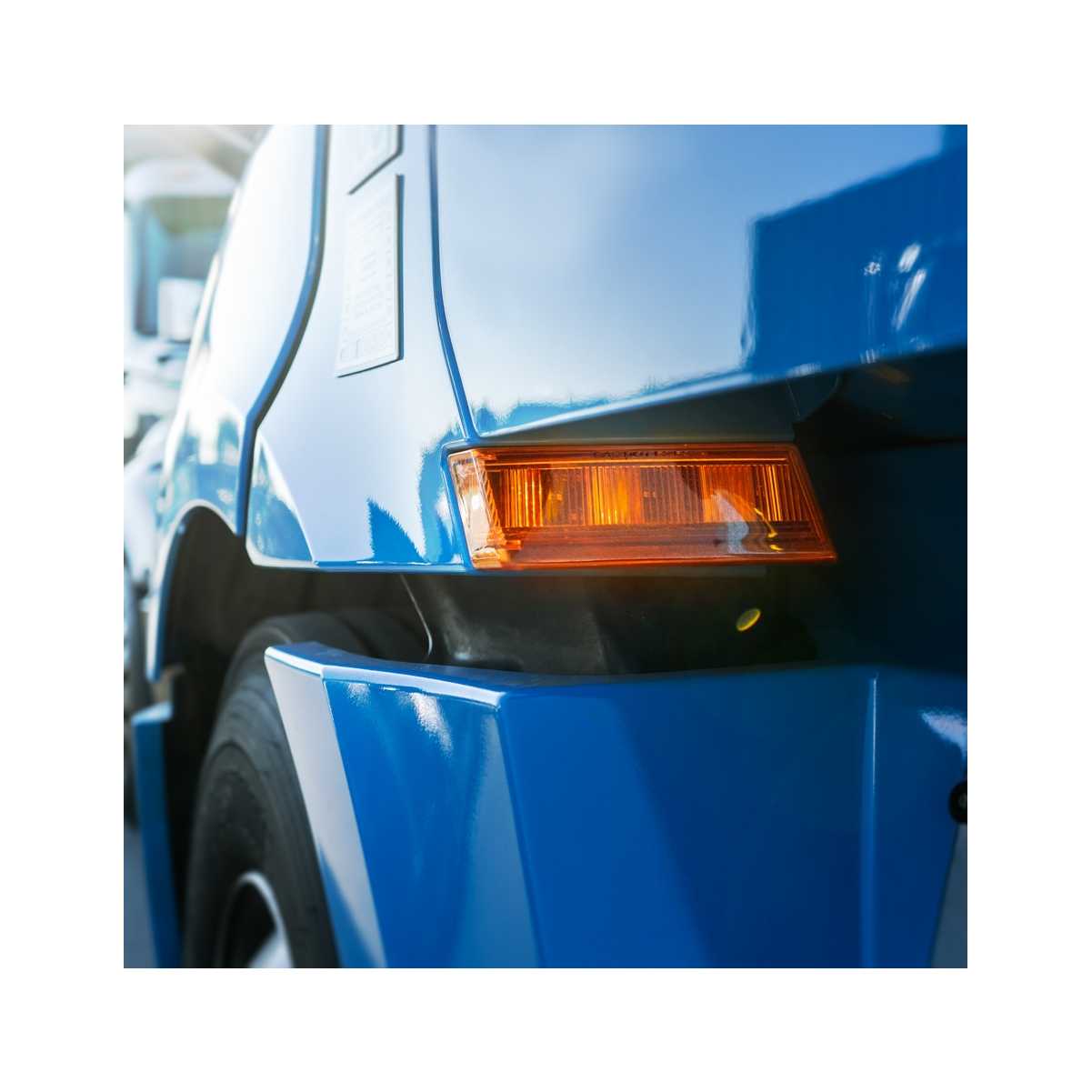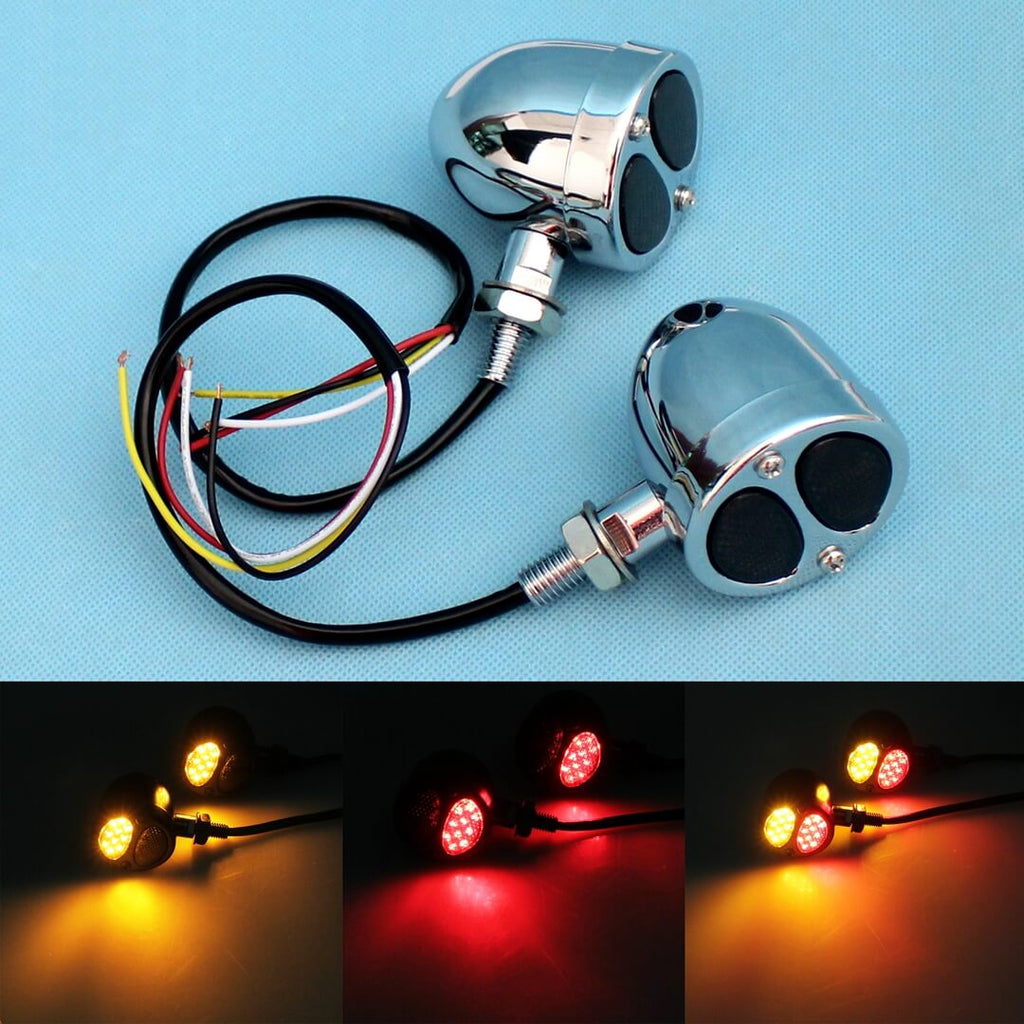

#Turn signal drivers#
Many drivers prefer not to turn on the turn signal, especially when there is little traffic. Turn lights are used as hazard warning lights that must be activated when a vehicle has broken down, is being towed away, or to warn of danger such as accidents or traffic jams. Pulling onto the road from the side of the road or property.The turn signal must be used in good time when: This is a light that flashes briefly at regular intervals on the right or left of the vehicle. But what bulb can you use for the turn signal? Which colors are allowed? Our guide will tell you.Īn activated turn signal indicates a change in direction of travel. Since then, yellow flashing light has indicated the intended change of direction. The turn signals we know today - commonly referred to as blinkers - were introduced in 1961 and became mandatory. This was a metal rod that folds out of the body and shows the planned direction of travel. For this reason, the first indicator arms were soon developed. Turning left might have been easy, but stretching your arm visibly to the right was a difficult task.
#Turn signal driver#
In the beginning, a change in the direction of travel was shown by holding the arm out of the vehicle in the direction in which the driver intended to steer. A little bit of history: In the 1920s, to avoid traffic chaos, it became necessary for drivers to use certain signals to indicate a driving direction. The turn signal more order and safety on the streets. While there is still a need for such innovations, we are all better off relying on technological wizardry rather than hand signals.Turn Signal Lamp Bulbs: What You Need to Know in 2022 While it has not happened yet, it may not be long before filament bulbs have been 100% phased out.Īlthough the basic turn signal technology has not changed in years, future improvements could include increased strength and durability for parts that are always being used and abused, an alert when the turn signal switches off even before we have started our turn, and turn-signal tones that we can personalize. Because such lights didn’t depend on lens color, they emit true amber and red hues, clear lenses could be used. Reliable light-emitting diode (LED) technology for signal lights came about in the 1980s. Note: It was also in the 60s that 4-way hazard flashers were first required on manufactured vehicles. In 1968 the Federal Motor Vehicle Safety Standard 108 required amber lens front turn signals rear signals could be either red or amber. įor those vehicles without them, the Illinois-based Lester Company offered a Simplex Direction Signal Kit for ’42 to ’49 models, advertising that these signals, which could be purchased for $8.95, would work “like factory-installed models on expensive cars”. That year (1940) directional signals became standard on Buick, Cadillac, Hudson and LaSalle vehicles and available (for a cost of $7.95) on Chevrolet, Oldsmobile, and Pontiac. In 1940 Buick changed around the directional indicators by extending the signals to front lights, then adding a self-canceling mechanism. The flashing signals worked only on the rear lights. Introduced in the late 1930s as a safety feature, turn signals were advertised as the “Flash-Way Directional Signal”.

These Trafficators were powered by electro-magnets that raise one arm with a bright light (almost always mounted high on the door pillar) indicating a turn was about to be made.īack in the States, Buick was the first United States automaker to offer factory-installed flashing turn signals. The indicators mechanical arms known as Trafficators mounted on the cars’ sides.

The answer to the problem for needing to signal turns or lane changes was originally done by hand signals but later through via “semaphore indicators”. Interesting, the turn signal situation in Europe began differently.

Believe it or not the car manufacturers just weren’t interested, and the patent expired 14 years later with no buyers. who in 1925 obtained a patent for one and tried to market it to the big car manufacturers. The first modern electric turn signal can be credited to Edgar A. Just watch a bicyclist and you will see these in action. The hand signals for right and right turns and stop/slow have not changed since that time. There were no turn signals in these days. At the start of the 1900s, automobile drivers signaled to other drivers and pedestrians their intention to turn (or stop) their vehicles with their hands.


 0 kommentar(er)
0 kommentar(er)
